Feeding systems are a cornerstone of automated production. But what are the most common methods for feeding small parts automatically? Let’s break them down.
Compared to other feeding methods, flexible feeding stands out for its high compatibility, low jamming rate, and minimal wear, making it one of the best options for automatically feeding small parts. Flexible feeding uses vibratory feeders that control vibration frequency and amplitude to gently separate materials, reducing jamming and abrasion risks. This approach is compatible with nearly 99% of irregularly shaped parts, thin parts, rubber and plastic parts, and micro components—even flexible materials like medical-grade rubber bands can be fed smoothly with flexible feeding.
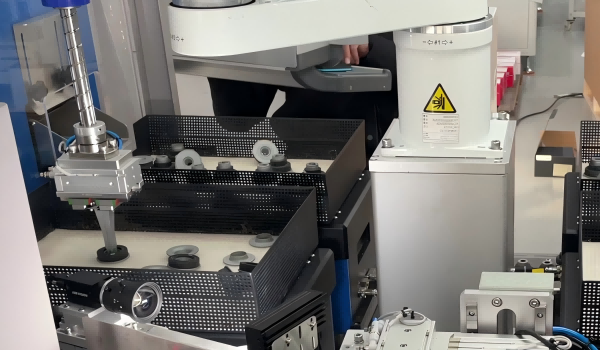
Additionally, flexible feeding incorporates vision-guided robotic systems that identify and position parts for picking. Changing the grippers allows adaptation to new parts, overcoming the limitations of traditional fixed-track feeding systems and offering exceptional versatility. Highly adaptable, flexible feeding stations can be deployed independently or in coordination with equipment for laser marking, welding, riveting, and inspection, making them ideal for assembling simpler components.
2. Bowl Feeder Feeding
As one of the most common methods in non-standard automation, bowl feeders are ideal for feeding single, stable small parts that are resistant to wear and unlikely to jam. Bowl feeders are cost-effective and fast, but they have high material requirements and limited compatibility; each bowl feeder is customized for specific materials. When changing parts, the entire feeding system may need to be replaced. Furthermore, bowl feeders struggle with tangled materials (like circlips and irregular terminals) or soft plastics.
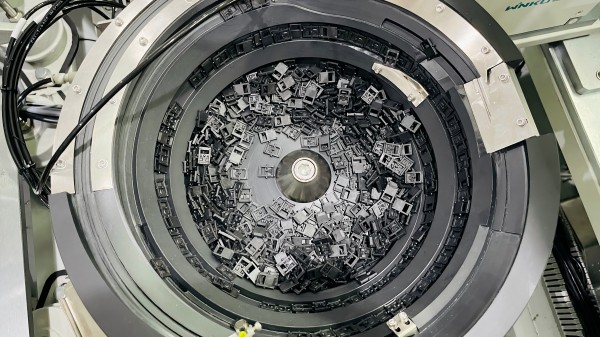
3. Tray Feeding
Tray feeding is typically used for fragile parts, parts with high surface finish requirements, or components sensitive to impact. This method offers the highest level of protection for materials. Multiple parts can be picked simultaneously from the tray, but the incoming parts must be arranged neatly in the tray beforehand, as random orientation isn’t compatible.
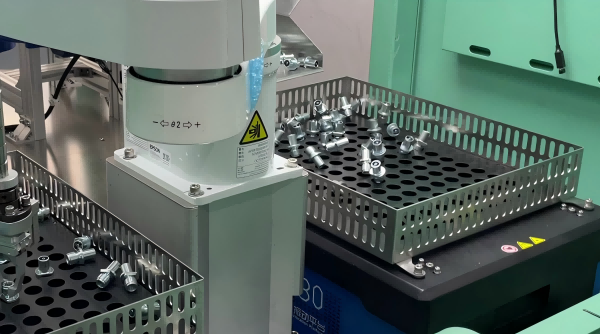
4. Elevator and Step Feeders
Elevator and step feeders use a step-up or inclined rolling method to feed materials, suited for elongated or panel-shaped components. These feeders are low-cost and relatively fast, but like traditional bowl feeders, they can be prone to jamming and wear.
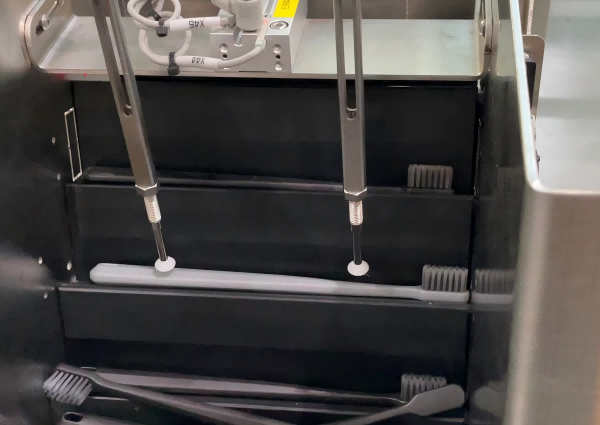
5. Magazine Feeder Feeding
Magazine feeders use clamping trays to hold parts securely, maintaining stability during automated transport. Magazine feeding is low-cost and fast, but requires that the materials be in a regular shape and pre-stacked neatly. Cylinders then push the materials out as needed.
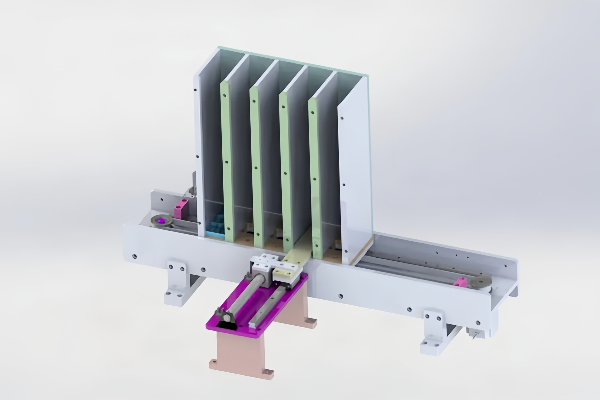
Conclusion
The characteristics of the materials determine the choice of feeding system, and effective feeding means half the battle in an automated production line. Companies should select the feeding method best suited to their material properties and budget to maximize efficiency.
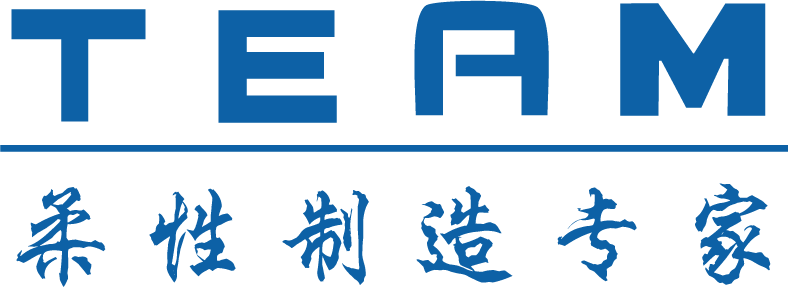

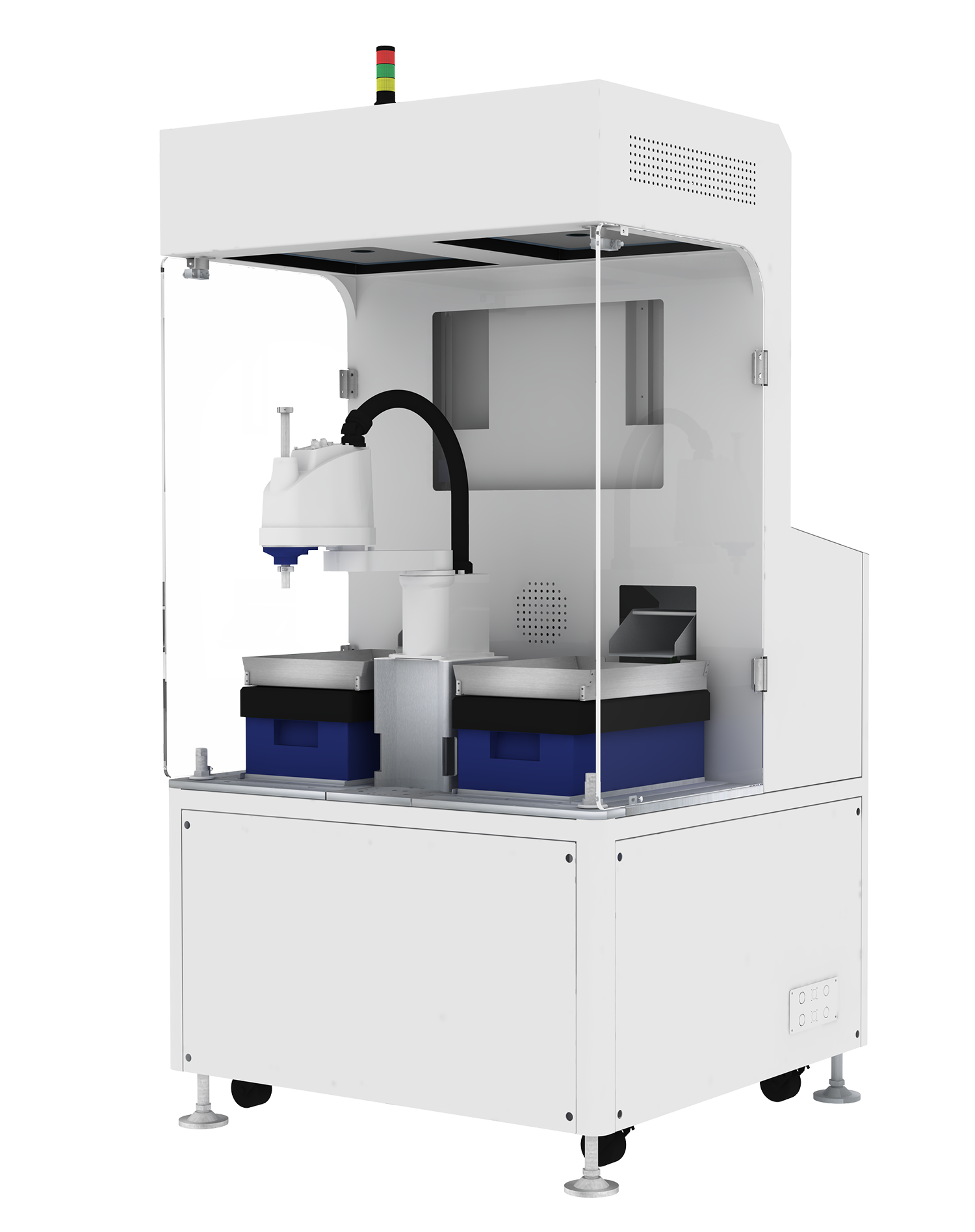
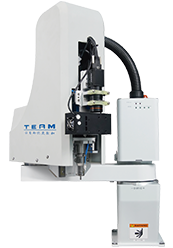
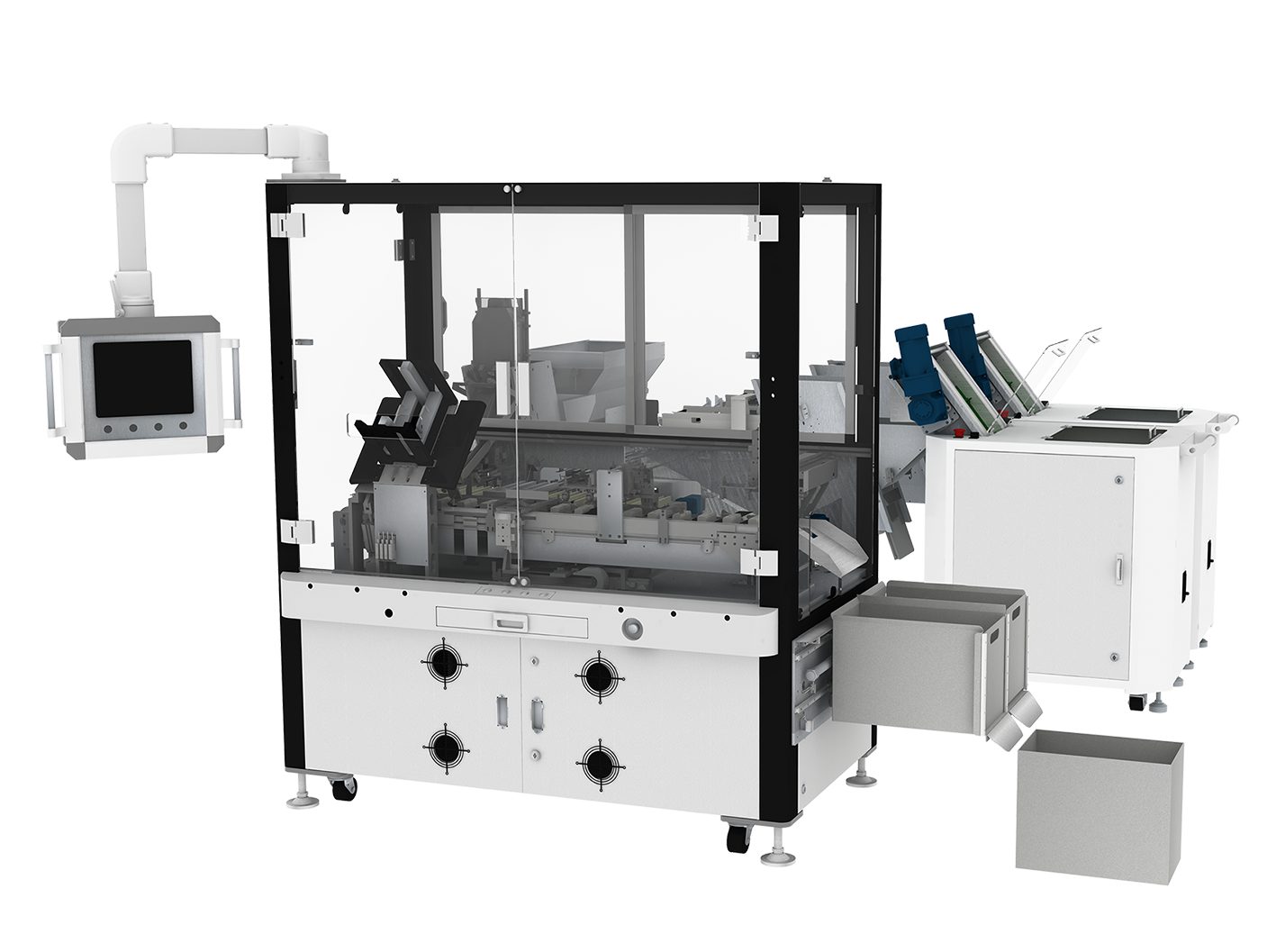







 Home
Home Products
Products Telephone
Telephone Message
Message



